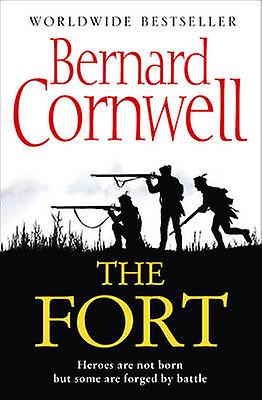I spent most of my December offshore, so while that meant I did not get much time to do posts for my blog, I at least got to do some reading. I like to do light reading when working 12 hours a day to relax my brain, so instead of history books, I settled on historical fiction.
Bernard Cornwell is one of my go-to authors for light but well written historical fiction. I first came across his works not from any books but from the TV movie series “Sharpe” from the 1990s and features Sean Bean as Richard Sharpe an officer in the British army of the Napoleonic period, a role that for once does not get Sean Bean’s character killed. More recent fame has been gained with the adaptation of “The Last Kingdom” into a BBC TV series. What I really like about Cornwell’s books are that they take fictional characters and put in real events in order to show us how things happened. Of course there are some artistic liberties and some speculation as we of course cannot know what people thought and said exactly, but I do feel the writing is believable and refuse to fall prey to trying to create a hero by applying a modern morale filter.
The fort takes place during the American Revolution, for a British author living in USA, but cannot be an easy book to write, but the beauty of it is that it follows both sides. It follows a number of characters through the events of the Penobscot Expedition which until I read the book was completely unknown to me. The expedition has often been brushed off as a sideshow and thus largely forgotten.
In summer of 1779 the British were preoccupied with more important operations in the South but American privateers were posing a major problem towards Nova Scotia trade. It was therefore decided to launch an expedition to set up a number of forts along the coast to deter privateers. “The Fort” is the story about the first fort “Fort George” establised on the Majabigwaduce peninsula and the American attempts to drive the away the Briitsh.
The British hoped by establishing these forts that Indians and loyalists in the region would join their cause and thus these would act as a force multiplier. The response the Massachusetts were to send a large fleet and rally the militia to drive them out. Part of the militia saw Paul Revere in charge of the artillery, while on the British side John Moore (see my other post, Napoleonic Light Infantry Tactics) saw his first combat, and while minor characters, it is interesting to know that these later so famous personalities had some encounters.
Without giving too much away, I highly recommend this book as entertaining and informative. I really like that Cornwell has taken the time to name all his invented characters names with F to cause the attention that these have been added for dramatic effect rather than being real.

